Hedges
Once you’ve bought your new home, you may find you need some hedges. In fact, immediately after you move into your new home, you should be thinking long term what you can do to increase its value when you sell it. Landscaping always adds curb appeal and functionality to a home, especially hedges.
Hedges in particular provide privacy, delineate property lines, and keep your kids safer in the yard because anything coming at them will have to jump the hedge or squeeze between the bushes to get into your yard. In some places, underground gas and water lines make it impossible to put fences, but hedges will work beautifully.
In Washington there aren’t many options for hedges other than boxwood. Boxwood really smells in the heat of summer, not the greatest hedge for near your open windows. What does make a lovely hedge are lilac bushes. It makes less of a hedge and more a row of small trees. They are beautiful and provide nectar to bees and butterflies throughout the summer.
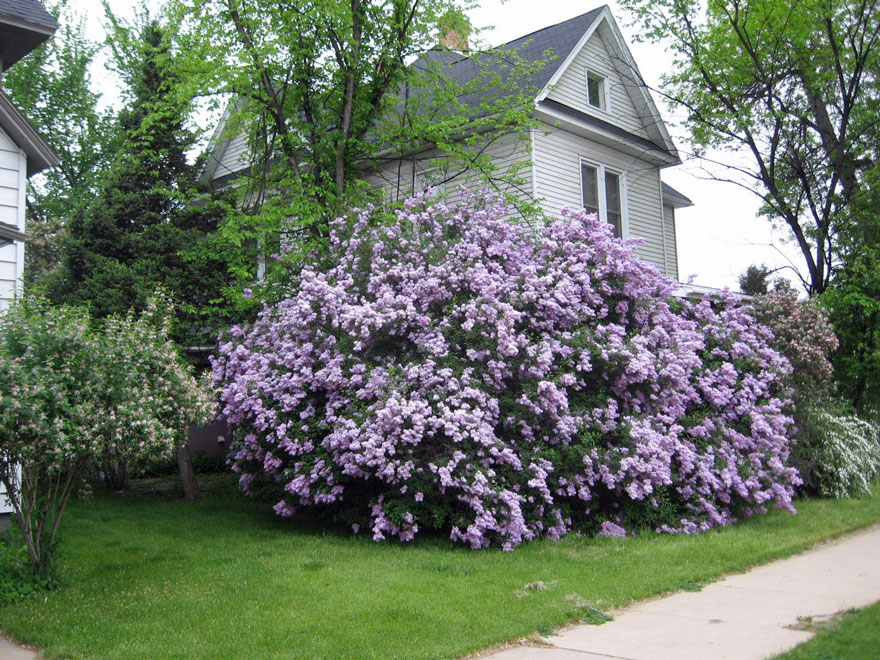
Climate and Sun
Lilacs prefer cooler climates, zones 3 through 7. Lacey, Washington is in zone 8. There are varieties that do well in warmer zones (like Lacey). California lilac is one of these, but it’s not really a true lilac, Syringa vulgaris. Common or French lilac, Syringa vulgaris,grows well in zone 8 as long as it doesn’t have too much sun (12+ hours a day).
Lilacs prefer 6 hours of sun a day. Any more and they may wither. Any less and they may not bloom.
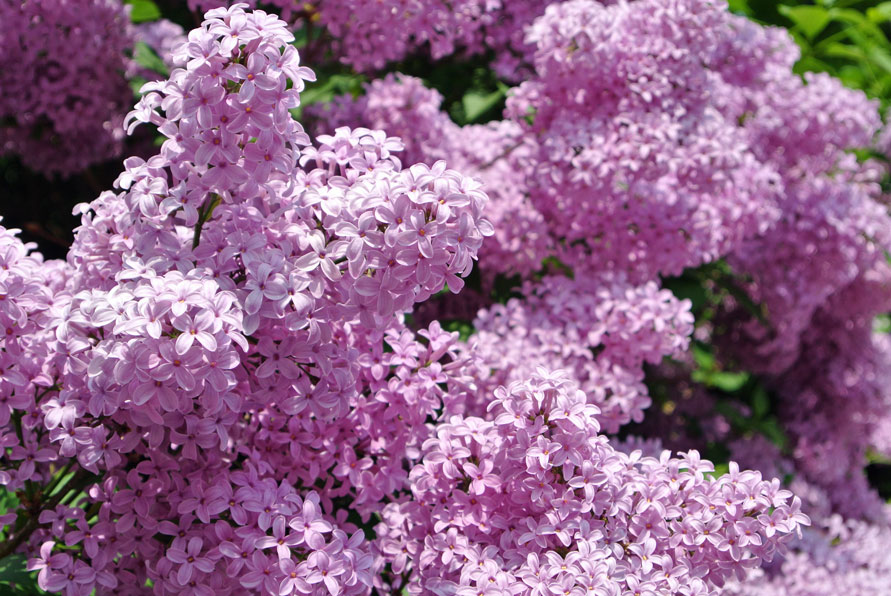
Fertilizer and Soil
Lilacs prefer slightly alkaline soil that is well-drained. If the pH is more acidic, less than 6 pH, you can add a little garden lime at a time to the soil. Water is the perfect pH for lilacs, 7.0. An ideal lawn is 6.2 to 7.0 pH, so if your grass is a vibrant green then you probably have the perfect pH soil for lilacs.
In early spring, fertilize with phosphorus. After blooming, if needed, use a general fertilizer. Lilacs don’t always need fertilizer, so use sparingly.
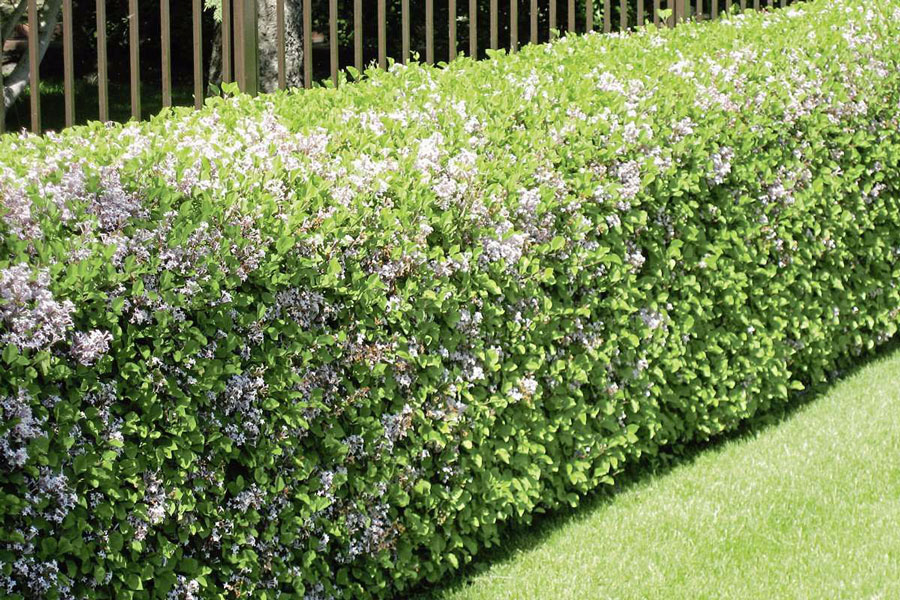
Pruning
Lilacs blooms on old wood. You will hear this over and over again. It means that after blooming, new buds form on the same stems as the dying blooms. If you prune your lilacs right after blooming, you will be able to prune before new buds have sprouted and can prune generously, up to 33% of the tree. I’ll say that again, prune right after your lilacs bloom before new buds form on the same branch as the dying bloom, and you can be assured of more blooms the following year.
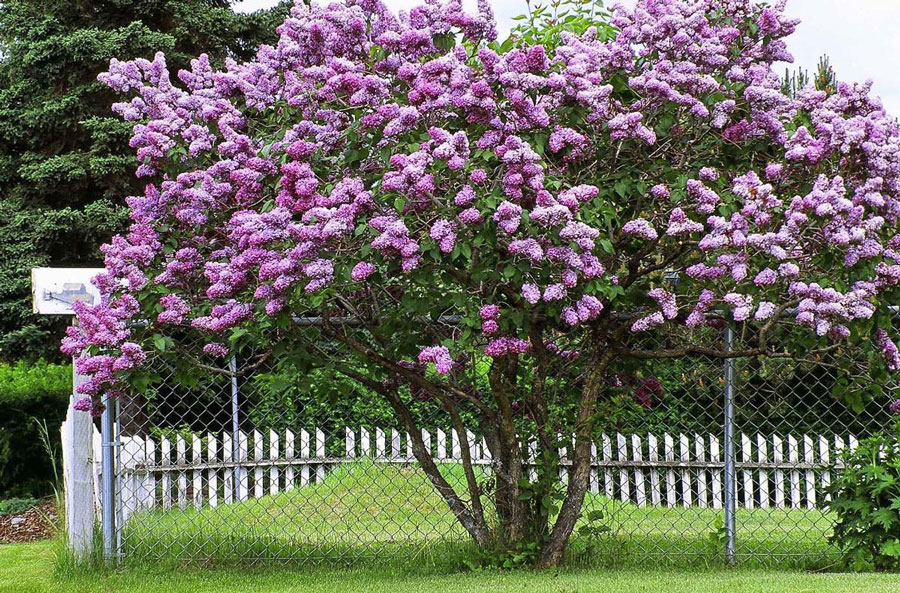
Warm Varieties of Lilacs
My favorite species of warm variety, zone 8, lilacs are these:
- Blue Skies Lilac, Syringa vulgaris ‘Monote’or Syringa vulgaris ‘Blue Skies’
- Double Blue Lilac, Syringa x hyacinthiflora Scentara
- Josee Reblooming Lilac, Syringa vulgaris ‘Josee’–> these bloom repeatedly throughout the spring and summer
- Sensation Lilac, Syringa vulgaris ‘Sensation’
- Madame Lemoine Lilac, Syringa vulgaris ‘Madame Lemoine’–> these produce beautiful fragrant white blooms
- Angel White Lilac, Syringa vulgaris ‘Angel White’–> these produce delicate white flowers
- Royal Purple Lilac, Syringa x hyacinthiflora–> these produce dark purple blooms
- Persian Lilac, Syringa x persica
- Rouen Lilac, Syringa x chinensis
Quite often Korean Lilac is sold in Washington home improvement stores. If you look closely the leaves will be decaying and infested with mold and disease. They do not do well in Washington, although I keep seeing them sold here. Try a different variety.
I hope you’ve enjoyed this article about lilac hedges. Even in a competitive market like Lacey, houses are more than just real estate. They’re homes, where people live, and that means we want them to be functional, but beautiful too.
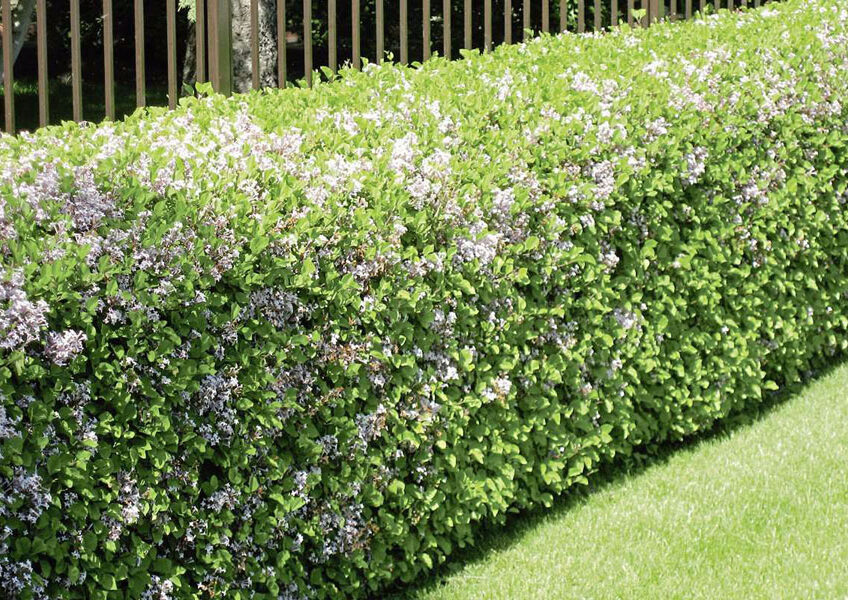
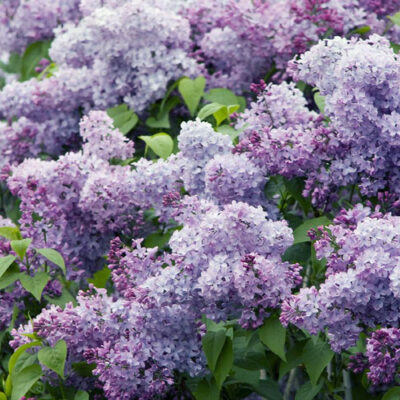
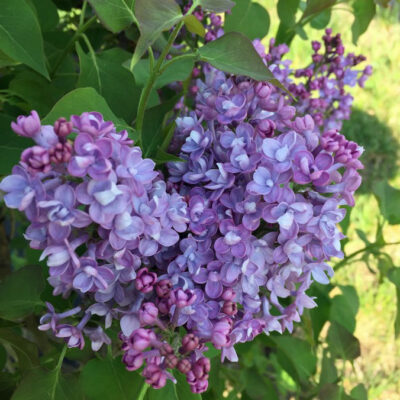
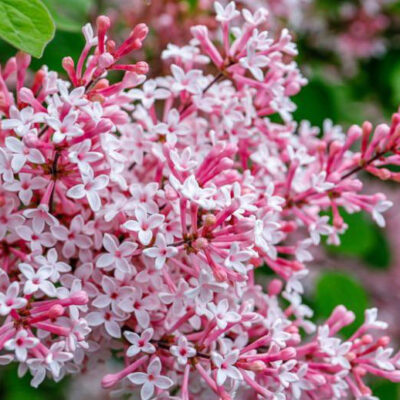
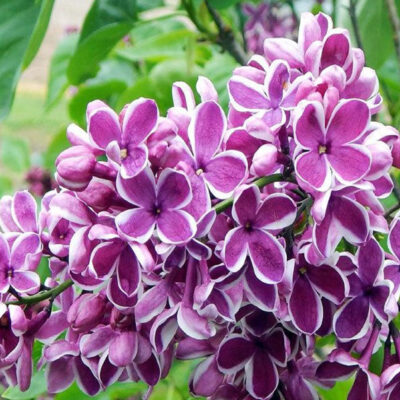
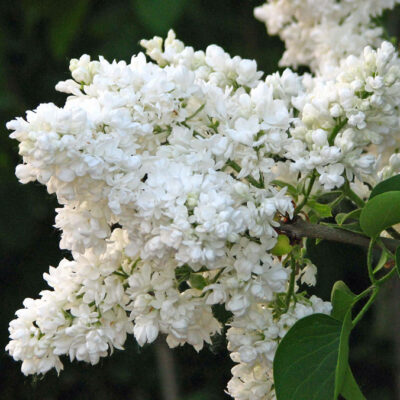
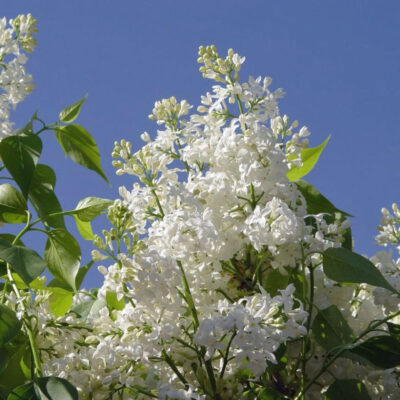
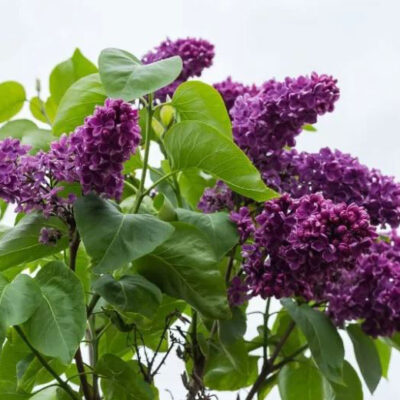
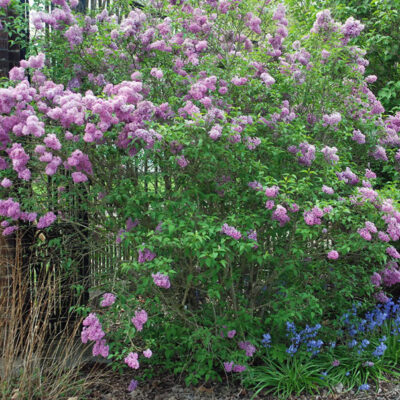
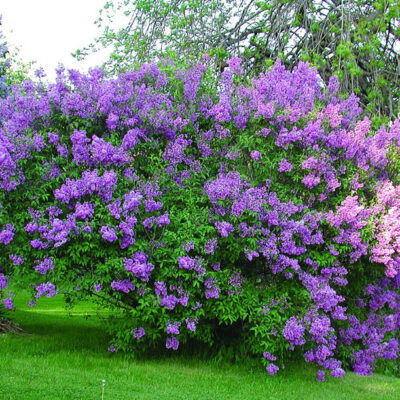

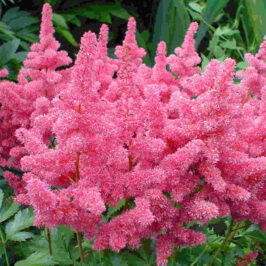


Leave a Reply